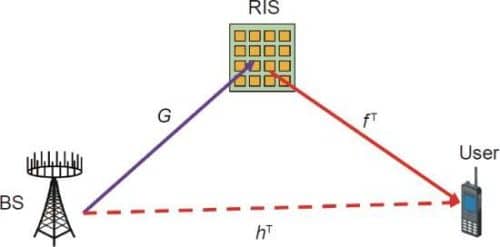The globe is more connected than ever before, with dependable and continuous wireless connections transmitting to and from individual users—but, according to a multinational study team, the technology is evolving to something even greater.
A reconfigurable intelligent surface (RIS) is a set of dynamic yet passive features that may be manipulated separately and independently to direct a transmission signal from a base station to a mobile user.
“The RIS is an emerging technology, which will hopefully bring a new revolution in wireless communications,” said paper author Muhammad Siddiqi, a graduate student in electronics engineering at Tsinghua University. “RIS has gained enormous attention in recent years by researchers of different communities, and therefore, several research papers have been published in this regard. However, there are still some important open problems that need to be solved.”

The authors present a detailed assessment of new RIS technology and address significant features of existing research, including obstacles, in this study. “To provide deep insight on the individual topics, we have given some examples to show the importance of RIS technology in future wireless systems,” said paper author Talha Mir, Assistant Professor of Electronic Engineering, Balochistan University of Information Technology, Engineering, and Management Sciences. “We also highlighted the key challenges and provided some opportunities to guide readers for future research trends in the field of RIS-aided communications.”
For example, unlike traditional antenna arrays, RISs do not perform complicated signal processing on incoming broadcasts before sending them to the appropriate receiver. Instead, they simply reflect the base station’s broadcast signal to the mobile user. Unless one of the RIS’s individual cell units needs to be modified to reach the correct angle for a particular signal, the RIS’s individual cell units are passive. Even that correction, on the other hand, does not necessitate extensive processing.
“It is expected that RIS will be an important research topic in the years to come as it has the potential to create a new horizon in the field of wireless communications,” Mir said. “We believe that RIS technology will become an integral part of future wireless communications, once we answer some important yet challenging questions.”






